
Largest National Parks in Asia, Await Your Discovery. Asia, the largest and most populous continent on Earth, is famous for its diverse landscapes, ranging from lush rainforests to towering mountain ranges. Amidst this breathtaking scenery lie some of the world’s most remarkable national parks, serving as bastions of biodiversity and natural beauty. In this article, we take a journey to discover Asia’s largest national parks, each offering a unique glimpse into the region’s ecological wonders.
Table of Contents
ToggleCriteria for Selection of Asia’s Largest National Parks
Selecting the largest national parks in Asia involves considering several key criteria:
- Total Land Area: We prioritize parks with extensive land areas.
- Conservation Importance: We consider parks protecting critical habitats and species.
- Biodiversity: We value parks with diverse flora and fauna.
- Geographical Features: We recognize parks with unique landscapes and geological formations.
- International Designations: We note parks with UNESCO status or other international recognition.
These criteria ensure recognition for parks preserving biodiversity, protecting natural resources, and promoting environmental sustainability.
Taman Negara National Park, Malaysia

Taman Negara National Park stands as a testament to Malaysia’s commitment to preserving its natural heritage. It’s spanning over 4,000 km2. This ancient rainforest is one of the oldest on the planet. It includes an amazing collection of plants and animals. Here, visitors can explore dense jungles, traverse canopy walkways, and encounter elusive wildlife, including Malayan tigers, Asian elephants, and exotic bird species. So, the pristine landscape and rich biodiversity of Taman Negara make it a must-visit destination for nature lovers and adventurers alike.
Altai Tavan Bogd National Park, Mongolia

Altai Tavan Bogd National Park Nestled amidst the rugged terrain of western Mongolia. It offers an idea about the country’s wilderness. Altai Tavan Bogd National Park is spanning over 6,900 km2. Featuring snow- capped peaks, sprawling glaciers and alpine lakes, this expansive park is an outdoor enthusiast’s paradise. Visitors can Go on excursions, horse riding, cultural excursions, and immerse themselves in the nomadic way of life. So, Altai Tavan Bogd’s remote location and pristine landscapes make it a haven for wildlife, including the elusive snow leopard and endangered argali sheep.
Continue reading: Exploring the Largest National Parks in Asia
Kaziranga National Park, India

Located in the northeastern state of Assam, India, Kaziranga National Park is synonymous with the conservation of one-horned rhinoceroses. It’s area over 450 km2. This UNESCO World Heritage Site is home to the largest population of these majestic creatures in the world, along with a diverse array of flora and fauna. Visitors to Kaziranga can embark on jeep safaris, elephant rides, and river cruises to spot rhinos, tigers, elephants, and myriad bird species. Despite facing threats from illegal hunting and habitat loss, Kaziranga remains a shining example of successful wildlife conservation efforts in India.
Jiuzhaigou Valley National Park, China
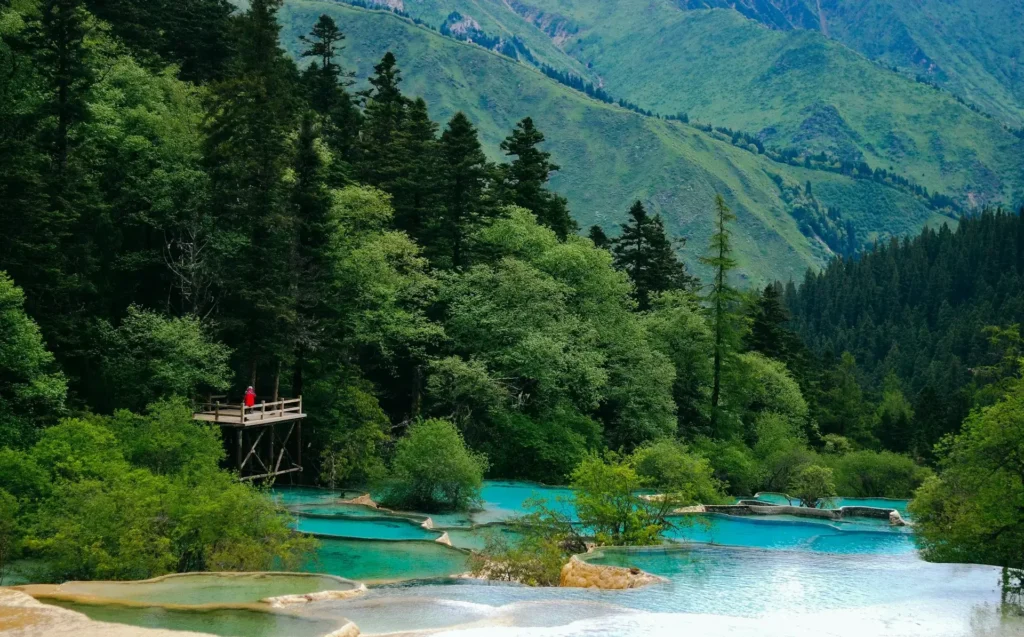
Nestled in the heart of Sichuan province, Jiuzhaigou Valley National Park is renowned for its beautiful landscapes. It’s covering an area of more than 700 km2. This UNESCO World Heritage Site is characterized by its turquoise lakes, flowing waterfalls, and colorful forests. Jiuzhaigou Valley offers opportunities for hiking, photography, and cultural experiences amidst its breathtaking landscapes. Despite being heavily visited by tourists, Jiuzhaigou remains a symbol of China’s commitment to preserving its natural wonders for future generations.
Sundarbans National Park, Bangladesh/India

The Sundarbans, located at the mouth of the Ganges-Brahmaputra delta. It is the largest mangrove forest in the world and a UNESCO World Heritage Site. Sundarbans National Park is spanning across Bangladesh and India. It’s area approximately 9,000 km2. This vast wilderness is home to the famous Bengal tiger, along with many other species of wildlife. Visitors to the Sundarbans can explore its maze-like waterways by boat. Also they marvel at its towering mangrove trees, and witness breathtaking sunsets over the delta. Despite facing threats from climate change and human encroachment, the Sundarbans remains a vital ecosystem. Also it’s a symbol of resilience in the face of adversity.
Continue reading: Exploring the Largest National Parks in Asia
Khao Yai National Park, Thailand
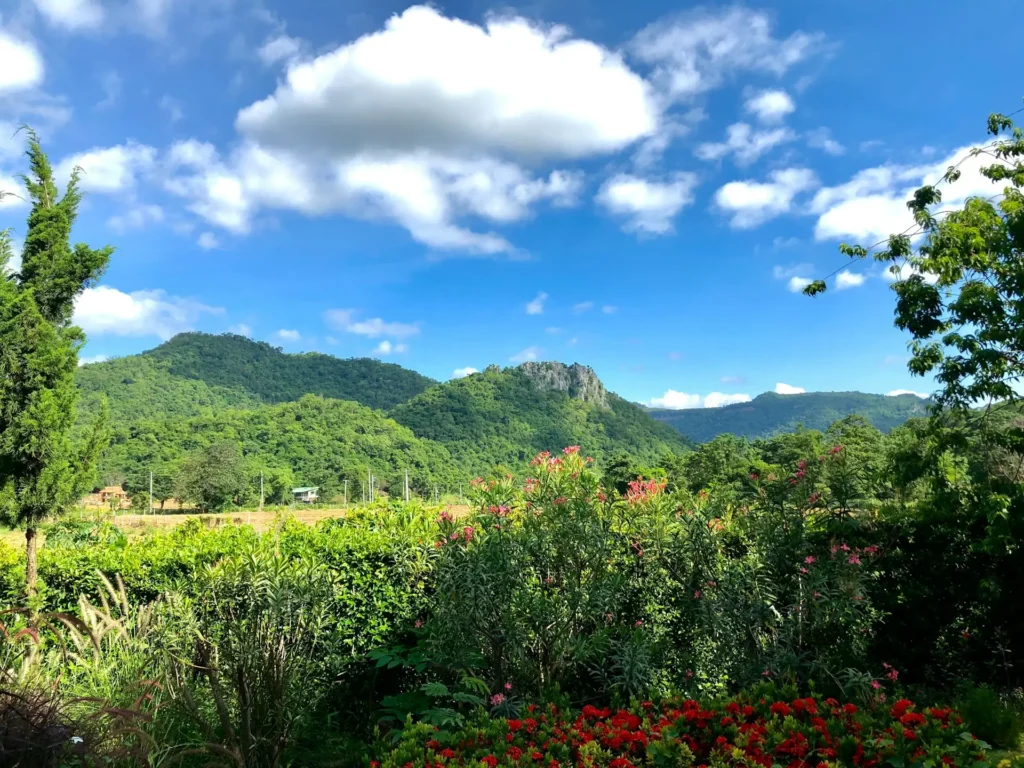
Khao Yai National Park is the oldest and largest protected area in Thailand. It has dense forests, majestic waterfalls, and a wide variety of wildlife. It’s covering an area of over 2,000 km2. This UNESCO World Heritage Site is perfect for hiking, observing wildlife, and enjoying breathtaking views. When visiting Khao Yai, you may have the chance to see elephants, gibbons, and beautiful birds, all while being surrounded by the park’s stunning natural scenery.
Yala National Park, Sri Lanka
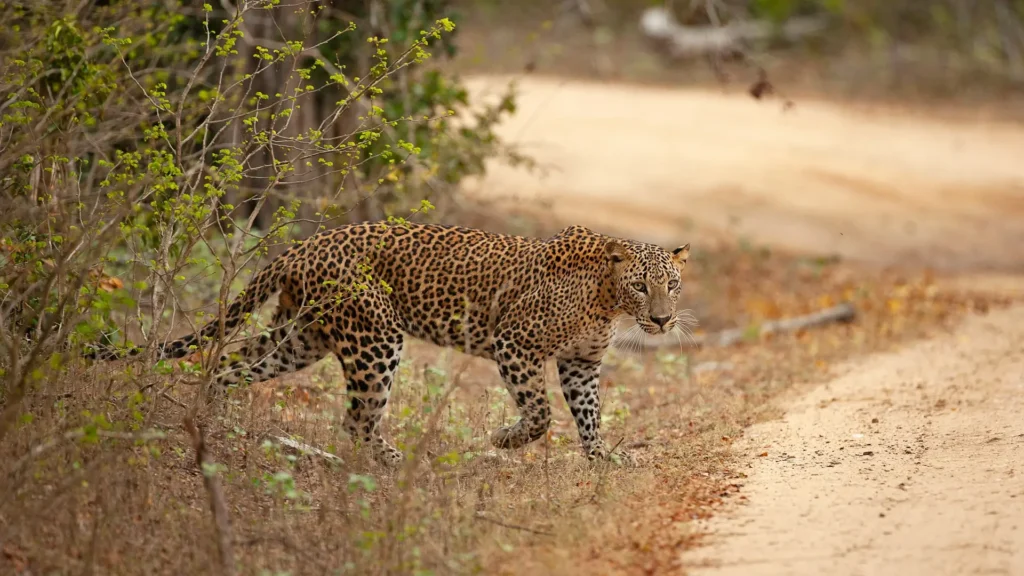
Yala National Park, situated in the southeastern region of Sri Lanka. It is famous for its dense leopard population and diverse ecosystems. It’s spanning about 980 km2. Encompassing both dry and wetland habitats, this vast park offers opportunities for safari adventures, birdwatching, and cultural encounters. So, nature lovers and wildlife enthusiasts should definitely visit Yala National Park for its beautiful landscapes and diverse wildlife.
Gunung Mulu National Park, Malaysia
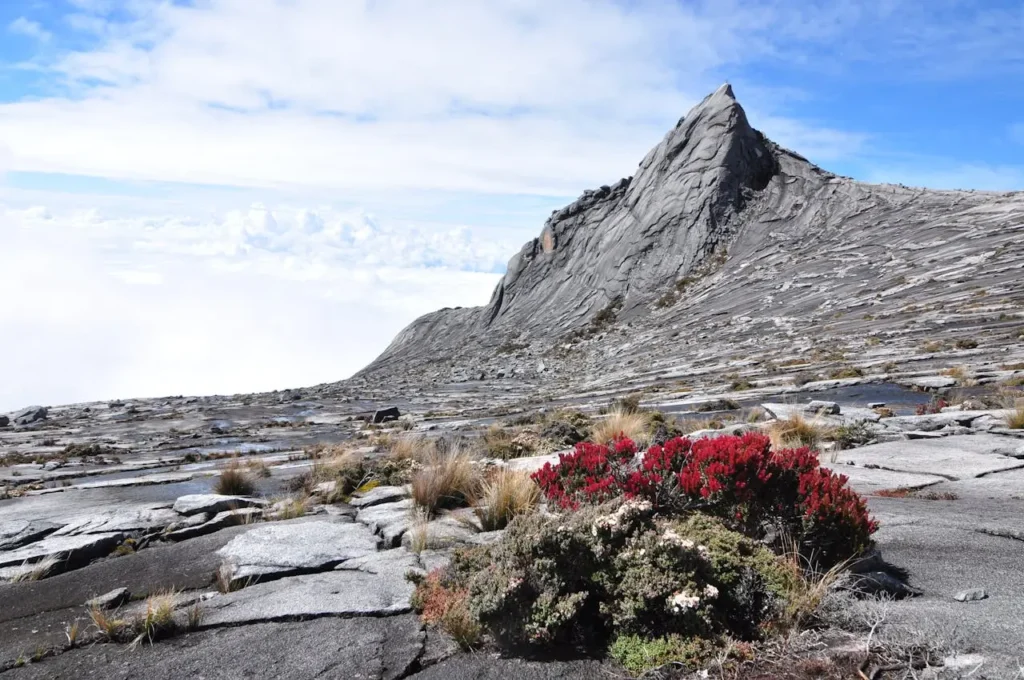
Gunung Mulu National Park, located on the island of Borneo in Malaysia, is celebrated for its towering limestone karsts, expansive cave systems, and rich biodiversity. Its area is about 544 km2. Designated as a UNESCO World Heritage Site, this pristine wilderness offers opportunities for cave exploration, canopy walks, and adventure activities. Visitors to Gunung Mulu can marvel at spectacular formations like the Sarawak Chamber and Deer Cave while discovering the park’s unique flora and fauna.
Continue reading: Exploring the Largest National Parks in Asia
Ranthambore National Park, India
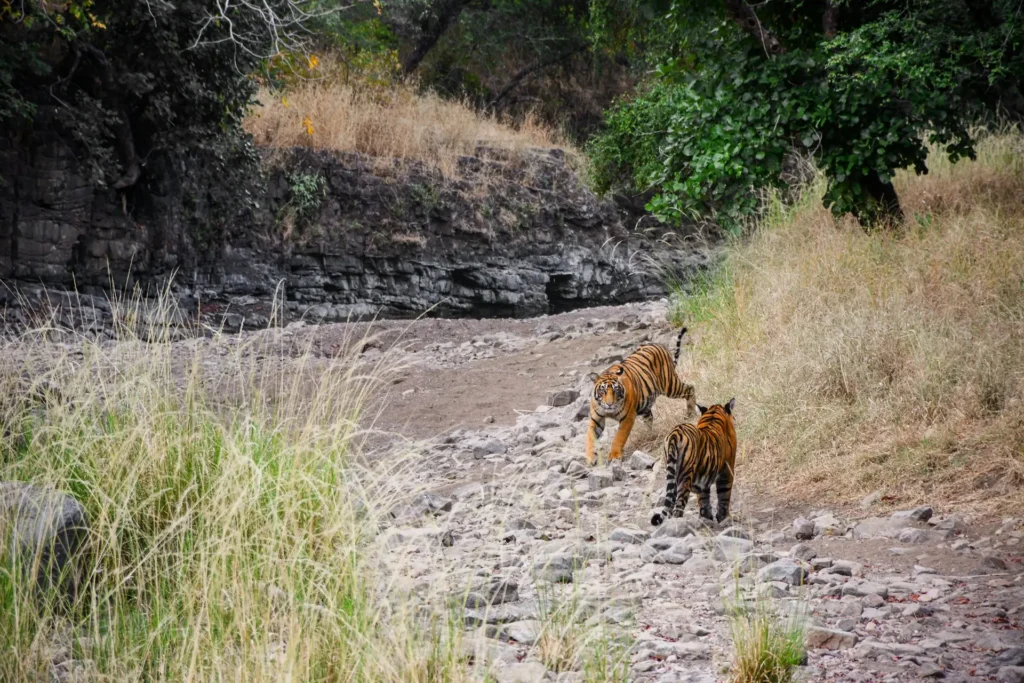
Ranthambore National Park, situated in the state of Rajasthan, India, is famous for its population of Bengal tigers and historic Ranthambore Fort. With it’s area over 1,300 km2, this protected area comprises dense forests, rugged terrain, and ancient ruins. So, visitors to Ranthambore can embark on thrilling safari drives, explore ancient temples, and witness wildlife in its natural habitat. So, all this makes it a top destination for wildlife explorers and history lovers alike.
Sanjiangyuan National Park, China
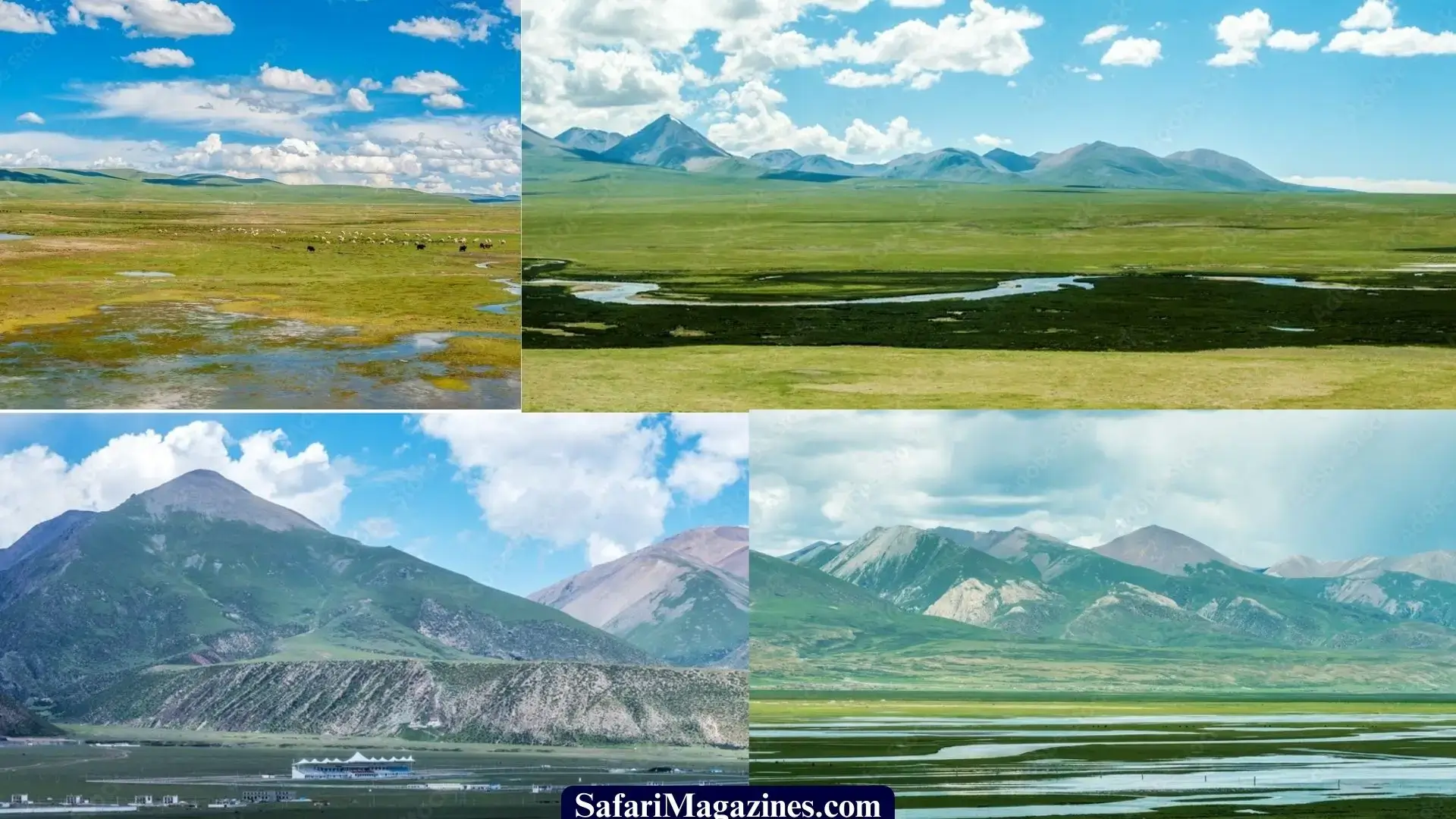
Located on the Tibetan Plateau in Qinghai Province in China, Sanjiangyuan National Park is known as the “source of three rivers” . These rivers are the Yellow River, the Yangtze River, and the Mekong River. Sanjiangyuan National Park is China’s largest national park. Spanning over approximately 152,000 km2, this vast and remote wilderness is home to unique high-altitude ecosystems, including alpine meadows, wetlands, and snow-capped peaks. So, Sanjiangyuan National Park plays a crucial role in regulating water resources and supporting biodiversity, making it a significant conservation area in China. Visitors to Sanjiangyuan can explore its pristine landscapes, encounter rare wildlife such as Tibetan antelope and snow leopards, and learn about the region’s rich cultural heritage.
Other Notable National Parks in Asia
Asia has many more national parks besides the famous ones. Nepal’s Chitwan National Park and Indonesia’s Komodo National Park are just a few examples. These parks offer a mix of stunning landscapes and rich history. Whether you enjoy hiking in the mountains, exploring coral reefs, or observing wildlife in the forests, Asia’s national parks have something for everyone to enjoy.
Continue reading: Exploring the Largest National Parks in Asia
Importance of Conservation Efforts

It is crucial to acknowledge the significance of conservation endeavors in protecting Asia’s biggest national parks while we admire their grandeur. To secure the future of these delicate ecosystems, we must take united action against deforestation, poaching, and promote sustainable tourism. So, by backing local communities, encouraging responsible travel, and spreading awareness about environmental concerns, we can guarantee that the coming generations get to witness the marvels of Asia’s wilderness.
Related articles:
- Earth’s Largest National Parks by Continent: Discover the World’s Wilds
- Discover the Largest National Parks in Europe: Exploring Nature and Wild Landscapes
- Into the Wild: Africa’s Largest National Parks Await Your Discovery
- Exploring Wildlife Tourism: Balancing Conservation and Travel Experiences
- The Largest National Parks in USA: The Natural Treasures of the United States of America
- Discovering Australia’s Largest National Parks: Exploring the Wilderness from Coast to Desert
- Exploring China’s Largest National Parks: Discovering Nature’s Grandeur
- The Ultimate Explorer’s Guide of Russia’s Largest National Parks
Custom Message

Asia’s biggest national parks are more than just beautiful places, they are important homes for animals and plants. Whether it’s the green forests of Malaysia or the snowy mountains of Mongolia, each park shows the diverse environment of the region. We must take care of these habitats for the future. So, by visiting these amazing places and helping with conservation, we can make sure that Asia’s national parks continue to inspire people for years to come.
FAQs about Asian Biggest National Parks
Q1: Are these national parks suitable for family visits?
A1: Yes, many of Asia’s national parks offer family-friendly activities such as nature walks, wildlife safaris, and cultural experiences.
Q2: What is the best time of year to visit these parks?
A2: The best time to visit varies depending on the park and its climate. It’s advisable to research the specific park you plan to visit and choose a time when weather conditions are favorable and wildlife sightings are more likely.
Q3: Are these parks accessible for individuals with disabilities?
A3: Accessibility varies from park to park. Some may have facilities and accommodations for individuals with disabilities, while others may present challenges due to rugged terrain and limited infrastructure. It’s recommended to inquire in advance about accessibility options at the desired park.
Q4: How can visitors contribute to conservation efforts during their visit?
A4: Visitors can contribute to conservation efforts by following park rules and regulations, minimizing their environmental impact, supporting local communities, and participating in organized conservation activities such as clean-up campaigns or wildlife monitoring programs.
Q5: Are there guided tours available in these national parks?
A5: Yes, many national parks in Asia offer guided tours led by experienced naturalists or park rangers. These tours provide valuable insights into the park’s ecology, wildlife, and conservation efforts, enhancing the visitor experience while promoting environmental education.
